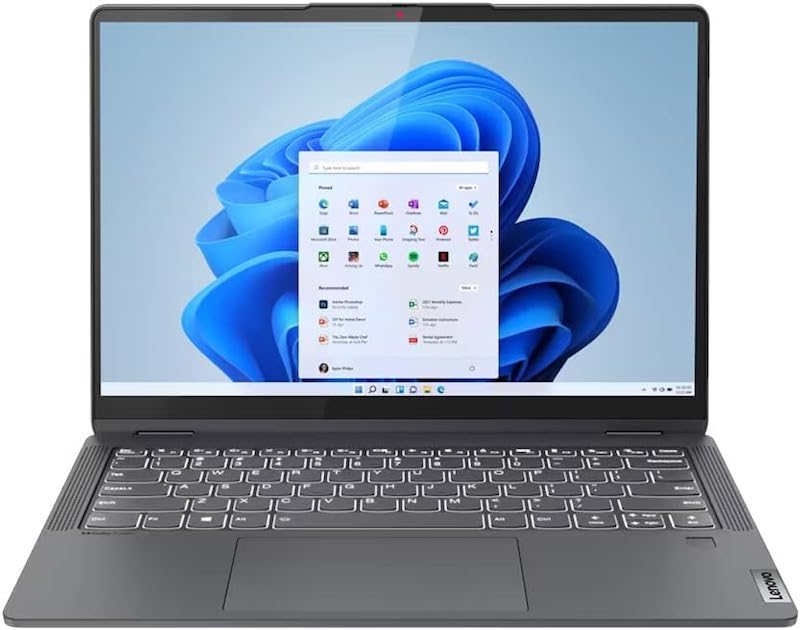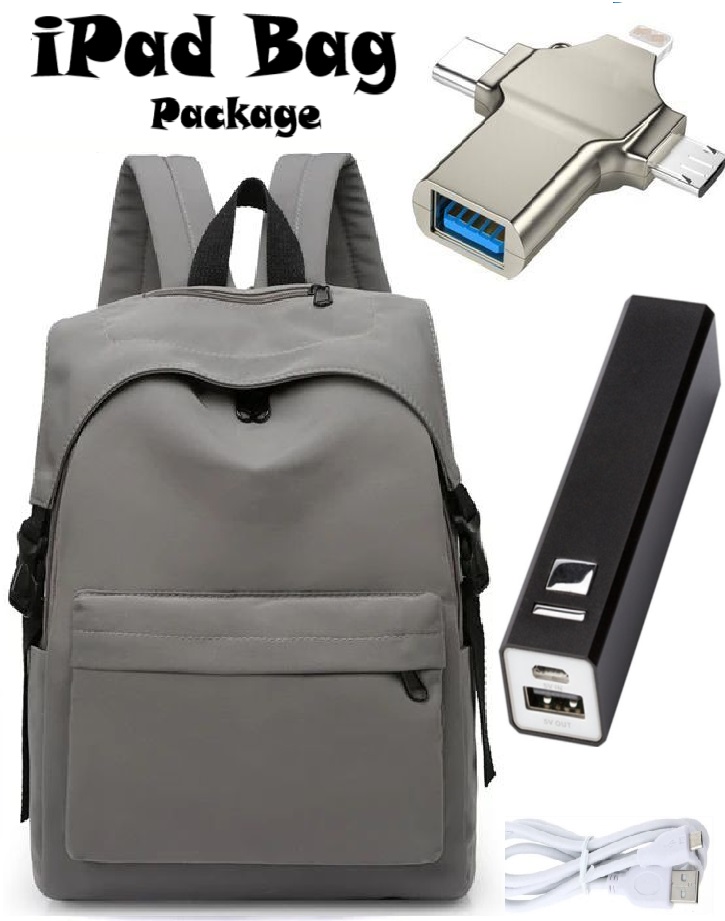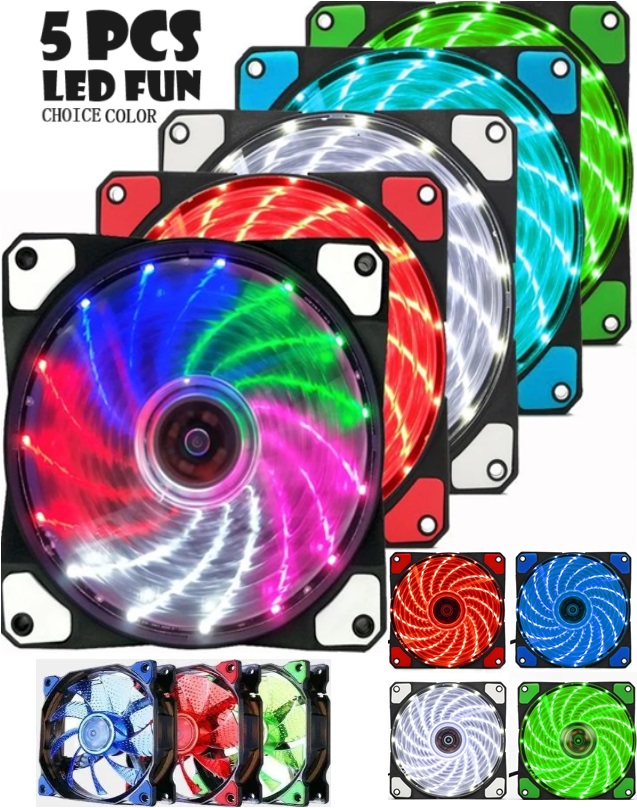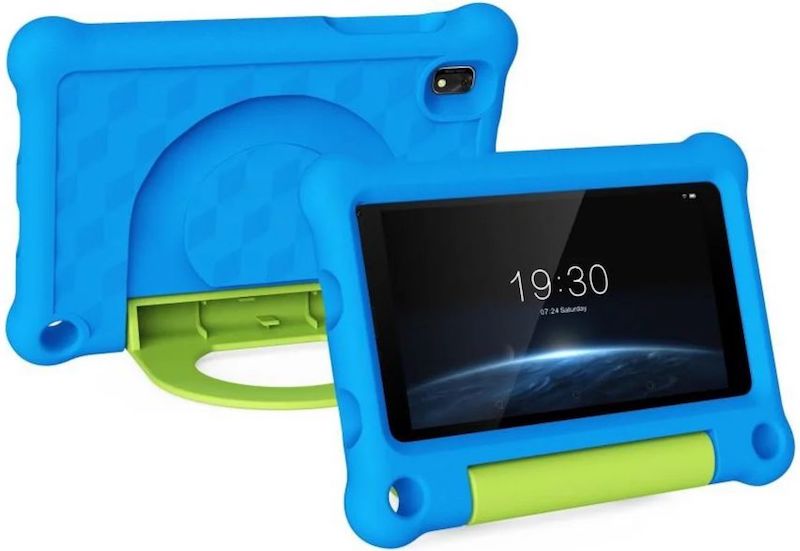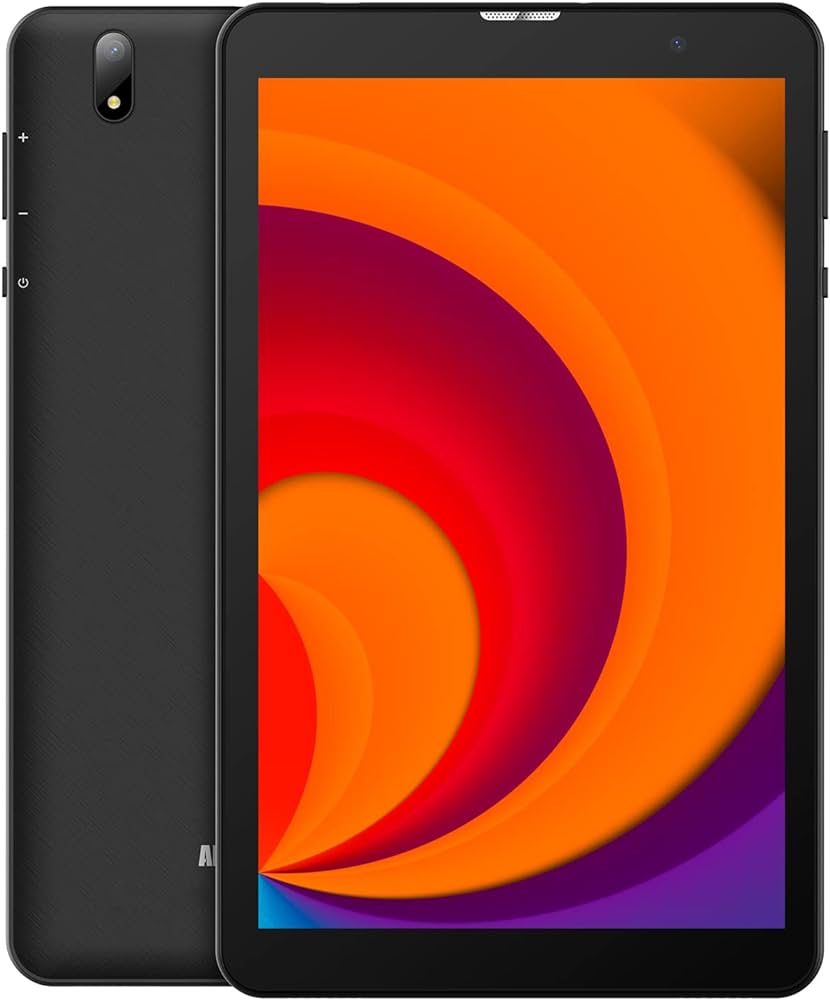Initially, the back and side frames are made of aluminum, while the front is made of glass.
The 11th-generation iPad comes in blue, yellow, pink, and silver. This device is the successor to the iPad 10.
Weight: 477/481 grams, depending on the model. The device is available in two versions: (1) Wi-Fi only, (2) Wi-Fi + SIM.
The SIM version supports an eSIM and 5G networks.
The screen is an 11.0-inch Liquid Retina IPS LCD with a resolution of 1640 x 2360 pixels and a pixel density of 264 pixels per inch.
It occupies approximately 80% of the front panel and reaches a brightness of approximately 500 nits.
In addition, there is a protective layer on the front panel to protect it from scratches and fingerprints.
The latest iPadOS 18.3.1 operating system is also available, and it will receive at least seven years of updates.
The Apple A16 Bionic processor is a penta-core processor with a 4nm manufacturing process, similar to the one found in the iPhone 14 Pro Max.
The internal storage is 128/256/512GB, while the RAM is 4GB, and there is no memory card slot.
The fingerprint sensor is integrated into the power button, providing the primary security feature alongside traditional sensors.
It also supports other sensors, including proximity, accelerometer, compass, and gyroscope.
The 12-megapixel rear camera supports autofocus and supports 4K@24/25/30/60fps video recording.
The 12-megapixel front camera supports video recording at up to 1080p@25/30/60fps.
It supports Wi-Fi, Bluetooth, hotspot, and EIS.
The non-removable battery lasts for 10 hours on a single charge and supports fast charging. The iPad has stereo speakers, so it offers a better audio experience than relying on a single speaker.







